The Nuts and Bolts of Food-Source Management
Simple is always best. And as we look at the nuts and bolts of food-source management, I hope and believe that you’ll think the whole thing is simple, perhaps even obvious. If so, then it’s got a chance of flying when you take the concept to the field. I really think the beauty of the strategy lies in its simplicity and logic. Well, let’s now get right into the heart of food-source management – its nutritional side. The goal here is to explain how and why it works and layout the seasonal nutritional needs of the whitetail so the whole thing makes complete sense.
HOW AND WHY FOOD-SOURCE MANAGEMENT WORKS
We need to start with some assumptions. First, a deer eats about 8 to 10 pounds of food a day. We’ll use an average of 9 pounds. If you multiply 9 pounds times the number of days in a year (365), that’ll give you the annual average food consumption for one deer, which we’ll round off to 3000 pounds. Now, let’s assume that the natural habitat can grow about 300 pounds of good deer food per acre over the course of a year, which is realistic for much of the South and East. Studies have shown that deer can eat only about half of the available food without seriously damaging the habitat. (You can see how carrying capacity is determined.) So, about 150 pounds of good deer food are available per acre of natural habitat. To determine how many acres are necessary to support one deer, we simply divide the annual poundage of food consumed by one deer (3000) by the poundage of food an acre of habitat can produce without suffering damage (150). That tells us that the carrying capacity is a deer per 20 acres, about what might be expected for a place under a good natural habitat management program.
If that level of carrying capacity is not sufficient to meet the goals of those involved with the property, there are four options – lower the goals, reduce the number of participants, continue on frustrated or elevate the carrying capacity. Not surprisingly, the most private landowners don’t like the first three options. More and bigger deer from increased carrying capacity sounds a lot better.
Better Nutrition, Higher Carrying Capacity
There is more than one way to increase carrying capacity. The traditional method is to improve the natural habitat, and there’s not a thing wrong with that. In fact, all reasonable steps need to be made to improve natural habitat. However, this strategy has some limitations. First, it takes time, perhaps several years, to effect wholesale habitat improvement. Second, the landowners might not be willing to allow what it would take. The key is to get more sunlight to the forest floor and to regenerate early successional growth. That takes some fairly drastic mechanical measures, such as prescribed burning, thinning timber, creating edge through clearing, etc. Such major habitat alterations might not sit well with the landowner. Third, the level to which the carrying capacity can be increased through manipulating natural habitat is somewhat limited, short of practically clear cutting. Also, natural habitat improvement will not deliver two important advantages found in the concentrated food sources associated with the strategy we’re discussing here – one, increased deer visibility and huntability and two, hold deer in a local area.
Increasing carrying capacity through enhanced nutrition lies at the heart of food-source management. This is accomplished through nutritious agricultural crops and/or direct feeding. Our focus here will be on agriculture, by far the preferred and more desirable of the two options. In places with tillable land, literally tons of highly nutritious deer food can be grown per acre. For instance, a year-round food-plot program can produce up to 10,000 pounds of deer food per acre, all of which may be as nutritious as the very best nature provides. That’s more high-quality deer food than 70 acres of natural habitat normally produces! Put another way, one acre of year-round food plot can meet all the annual nutritional needs of 3½ deer! That’s production! Compare that to 20 acres of natural habitat to support one deer. And remember, all of the agricultural food can be top-rate. The huge advantages of food source management should be abundantly apparent.
To illustrate, let’s assume a 2,000-acre club wants to carry 200 deer, about twice what they can under natural habitat management. Let’s assume they want their deer to reach the greatest size possible so they design a year-round agricultural program to provide 100 percent of the deer’s nutritional requirements, realizing of course that the deer will still browse the natural vegetation some even with a table full of deer delicacies. It’s an easy exercise to determine how many acres of food plots are needed to support 200 deer. Simply divide the number of deer to be carried (200) by the number of deer an acre of food plot will carry (3.5) and you get the required acreage of agriculture. In this case, about 60 acres.
Yes, 60 acres of year-round food plots (assuming the right crops are planted with the right farming techniques) can meet all the nutritional requirements of 200 deer. That’s a program they can get started right away quite cost effectively and with minimum startup hassles. And does it ever work! That number, 3.5 deer per acre of food plot, is exactly what we supported on food plots at Fort Perry … and had been for years! If you want to carry more deer, it’s almost as simple as doing the math and adding the necessary acres of food plots. Of course, there’s a limit to how high you might want to push the herd, but it’s well up there if nutritious food is in abundant supply.
In areas with high inherent carrying capacity, the native habitat can pick up more of the slack and reduce the number of acres required to get to the same number. For instance, Gary Schwarz’s El Tecomate Ranch lies in prime South Texas Brush Country, where the natural habitat is inherently productive. Because of the support he gets from nutritious native vegetation, Gary is able to support closer to five deer per acre of food plot, with a little help from supplemental feeding on the shoulder months between crops.
Posted by David Morris
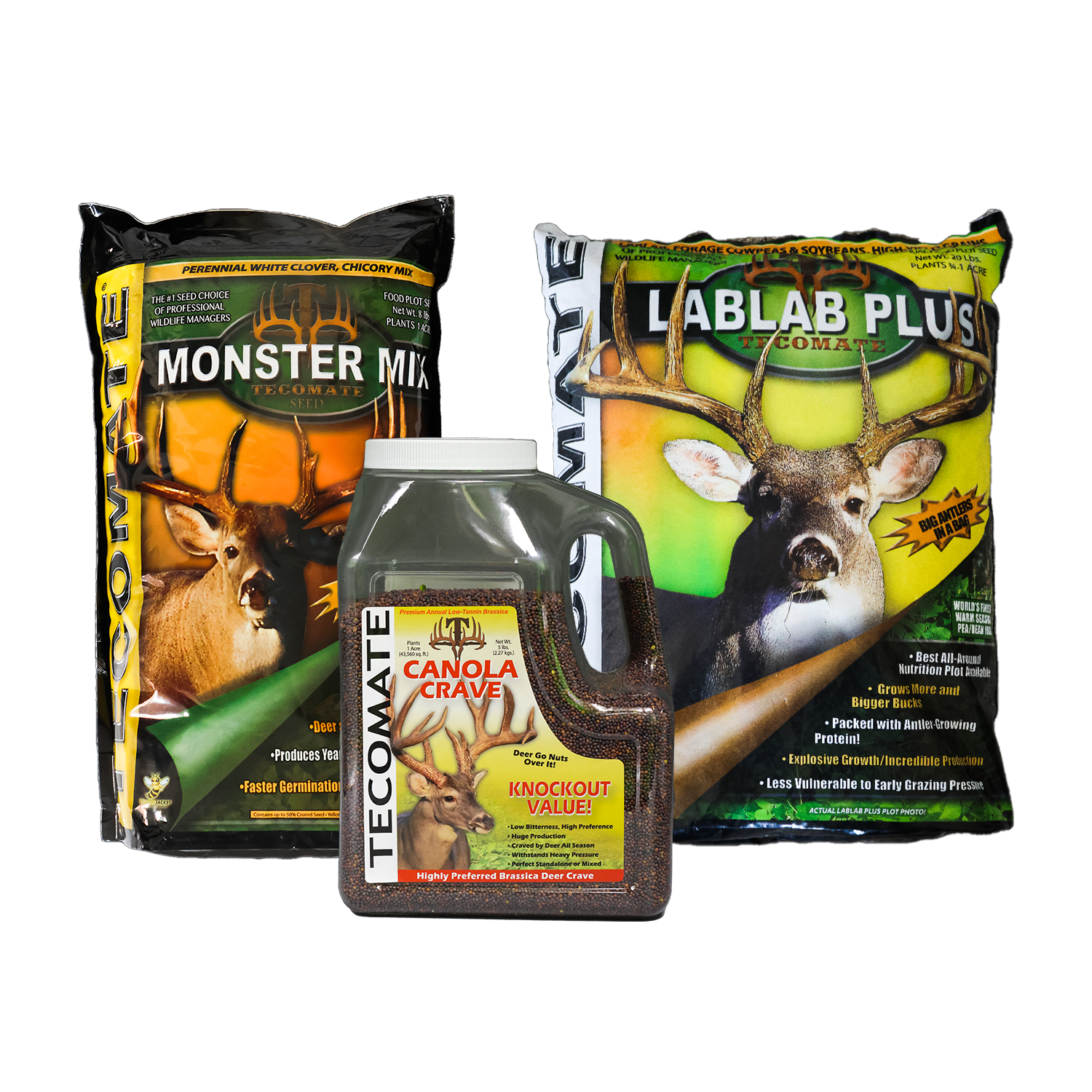
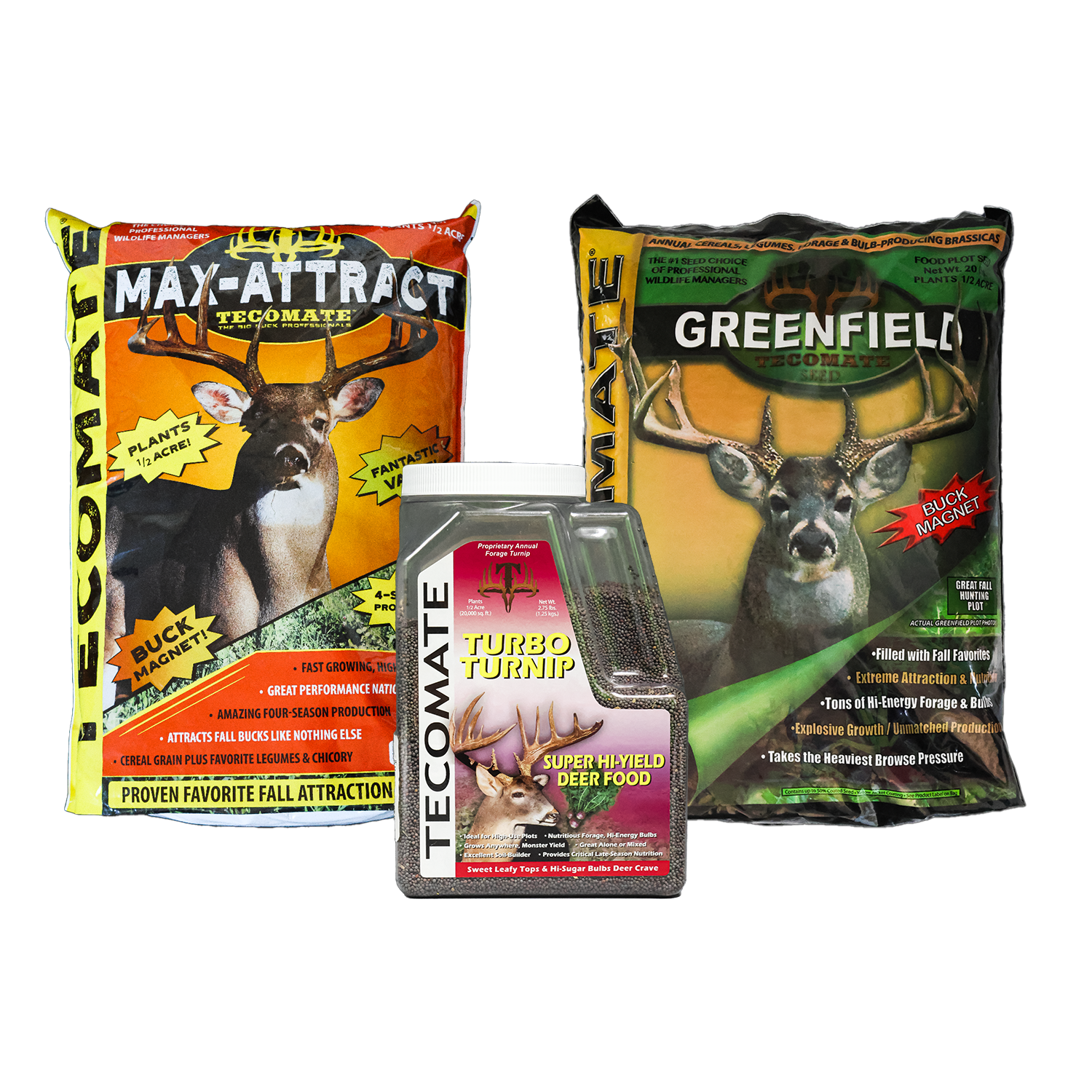
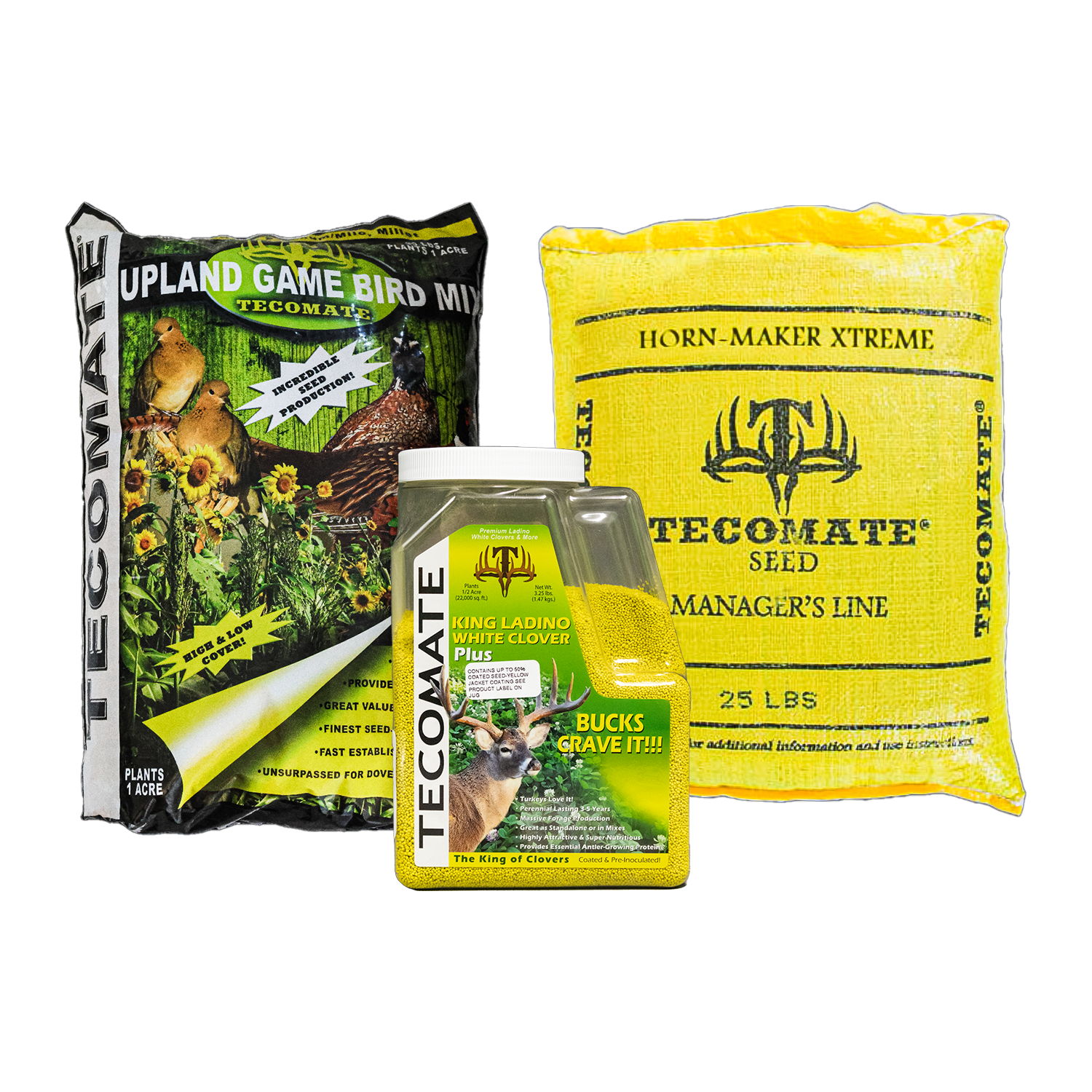
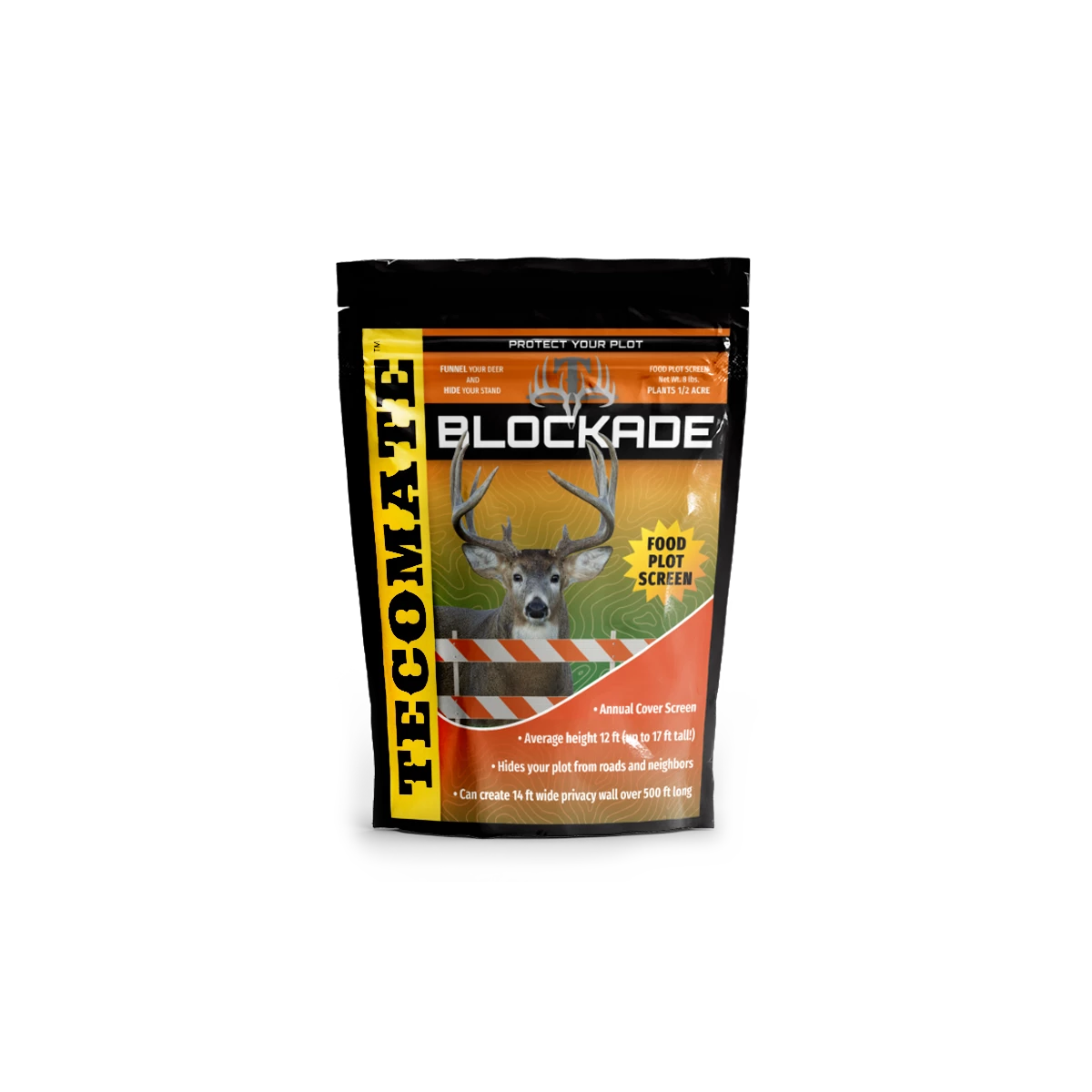
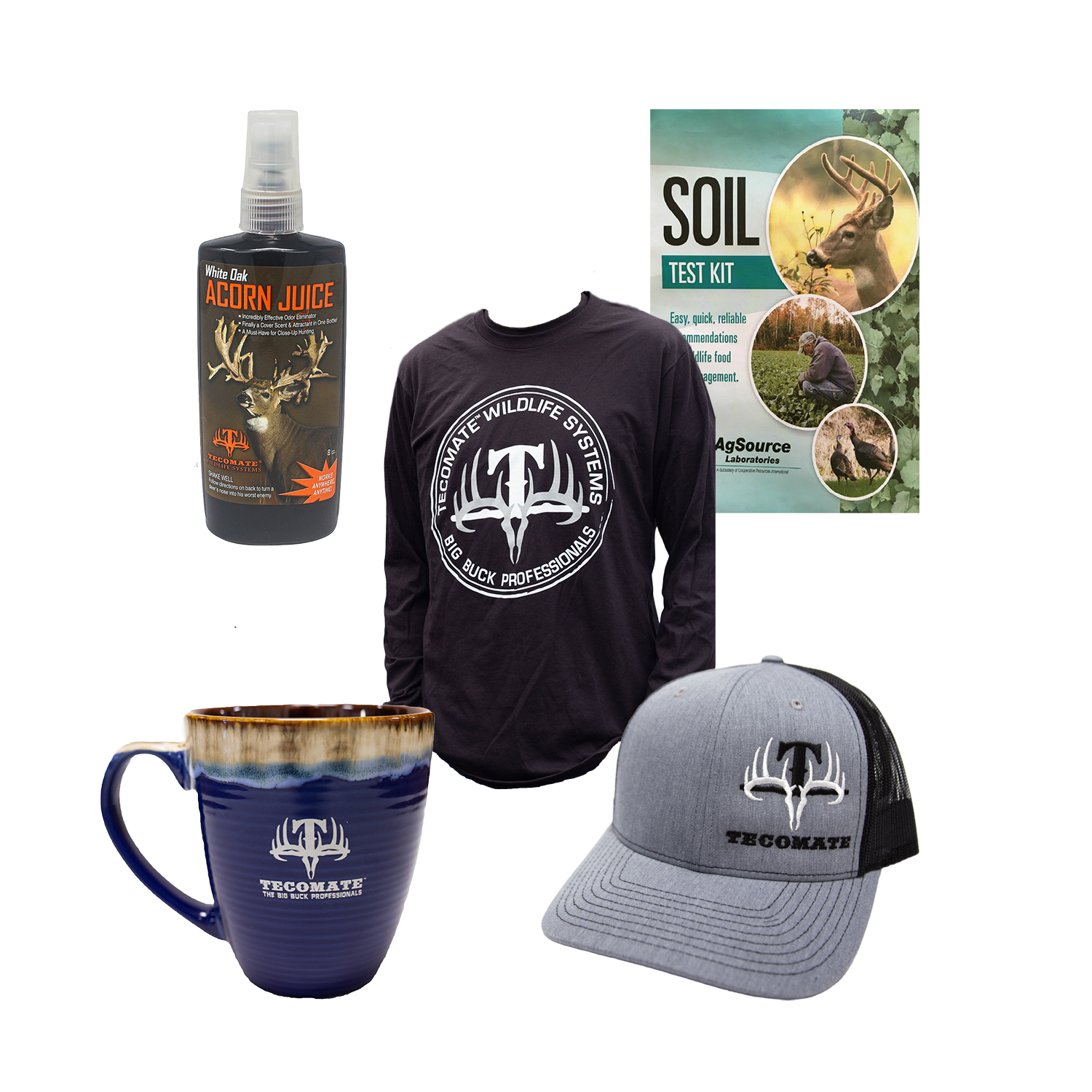
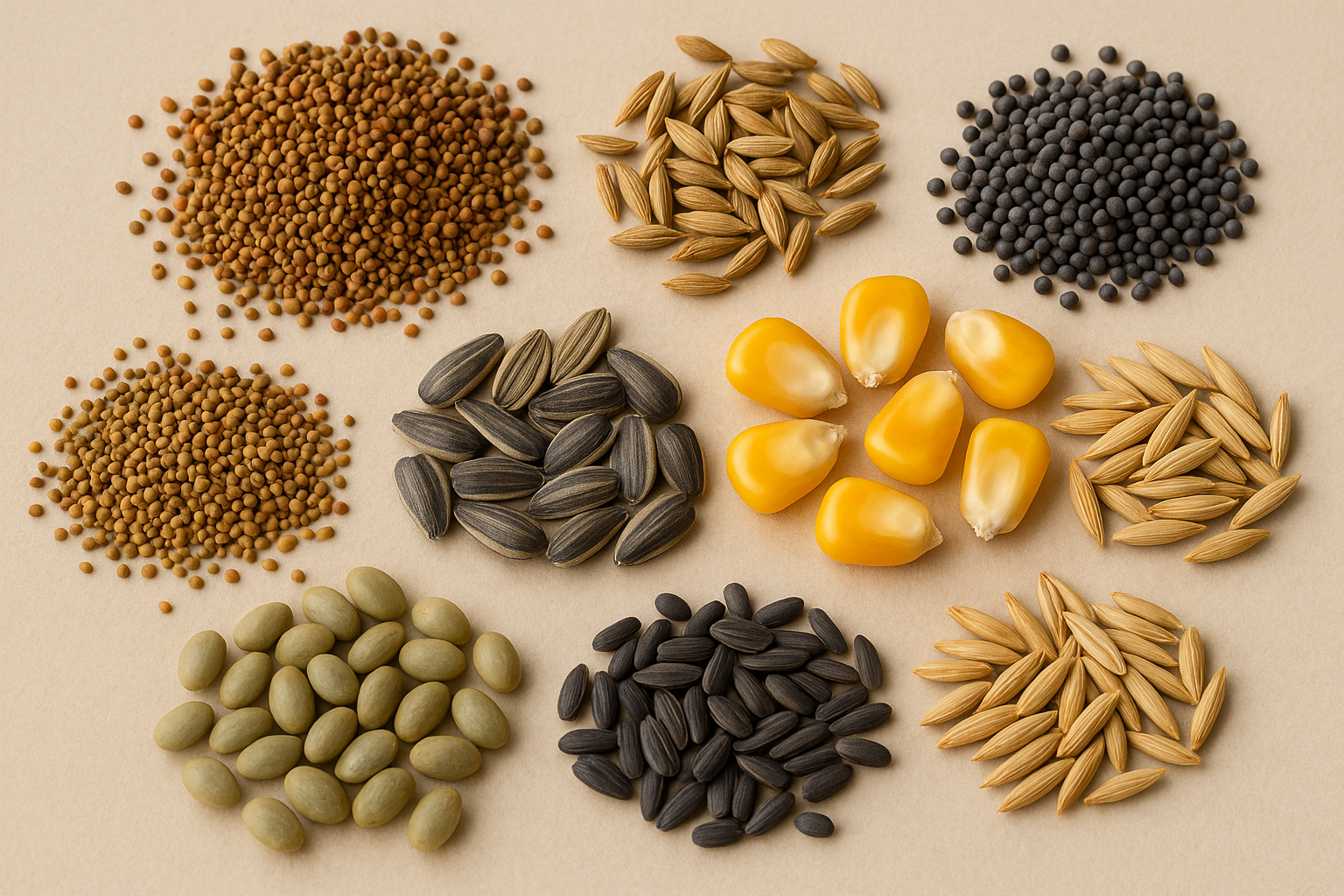
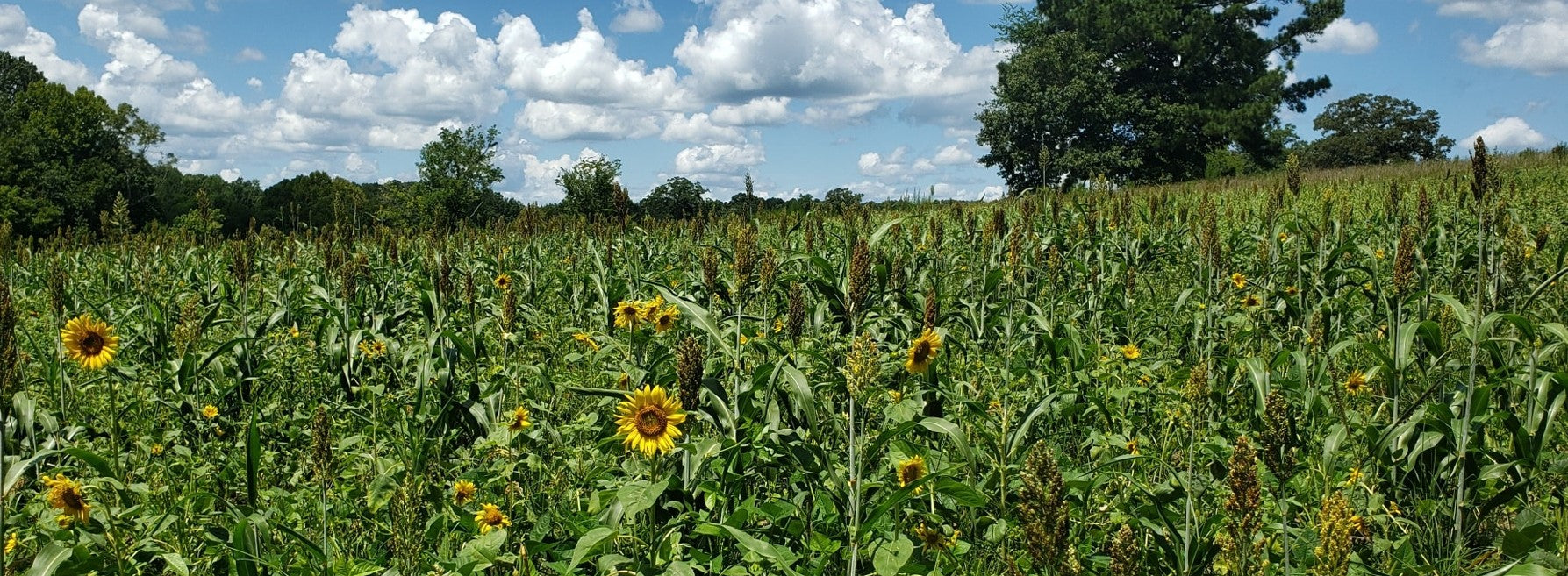
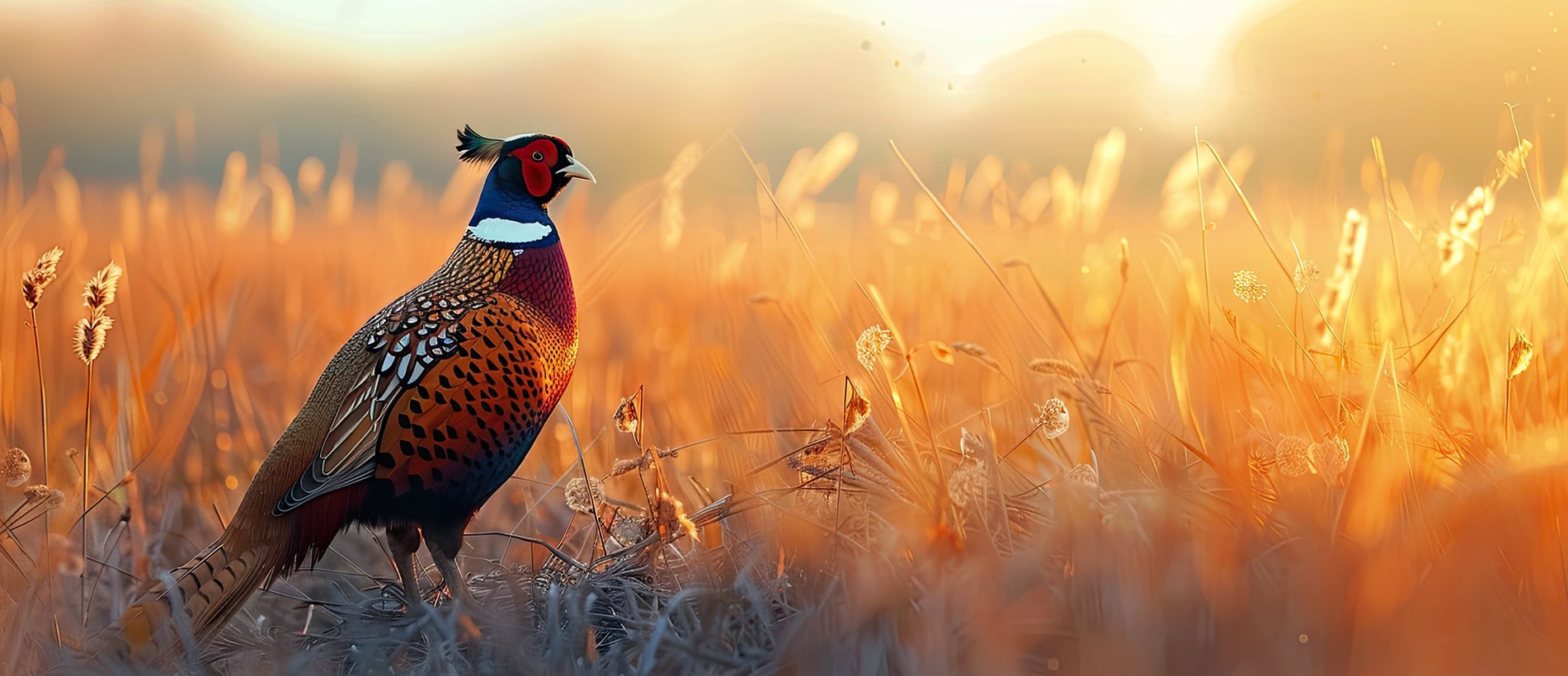

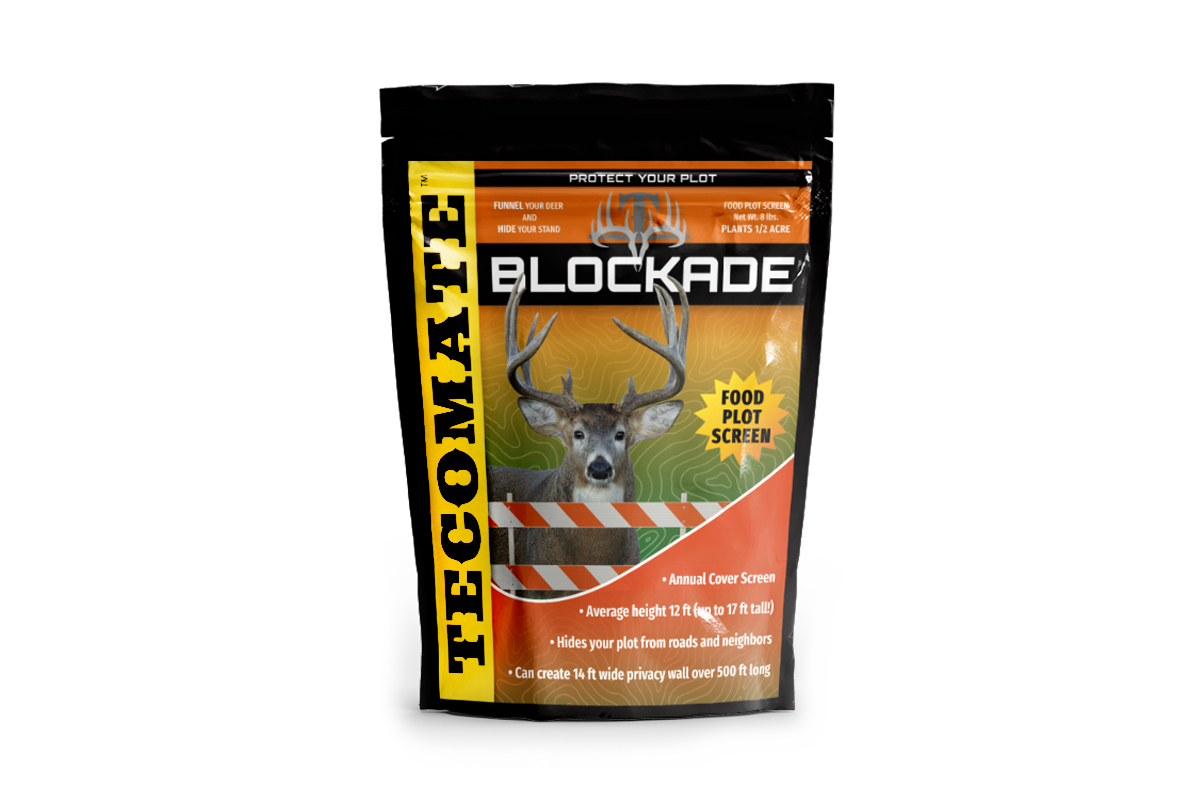

Leave a comment